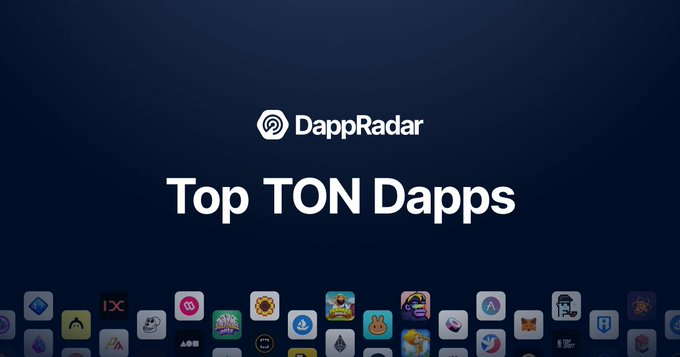Dropee’s Rise: From Click Games to TON Ecosystem Dominance
In August 2024, a click-to-earn (Play-to-Earn) game called Dropee launched on the Telegram platform and quickly reshaped the Web3 gaming market. Its gameplay is extremely minimalist: users increase the token’s value by tapping the screen and complete daily tasks to earn cryptocurrency rewards. This “zero-barrier” strategy precisely addressed the pain points of casual gamers. Within three months, the user base exceeded 12 million, with 800,000 daily active users, and it reached the top of the TON blockchain DApp ranking (according to DappRadar data). Leveraging social viral effects and instant reward mechanisms, Dropee successfully converted traditional casual users into Web3 participants, achieving a 100% year-on-year increase in monthly revenue and becoming a core driver of growth in the TON ecosystem.

Dropee’s explosive growth proves the feasibility of lightweight Web3 games. Unlike heavy-asset models such as Axie Infinity, Dropee stripped away complex battle systems and economic designs to directly convert user behavior into revenue. For example, inviting friends generates a share of the team reward pool, while users who log in continuously for 30 days can unlock rare prop NFTs. This “game-as-mining” model lowers the cognitive threshold but also sows the seeds for future transformation challenges – many users focus only on short-term gains rather than the ecosystem’s long-term value.
Strategic Transformation: The Ambition to Build a Web3 Game Studio
In December 2024, the Dropee team announced its transformation from a single game to a Web3 game studio, aiming to construct a game matrix driven by a single token. This decision is based on two core logics: first, to avoid becoming a “flash in the pan” by prolonging the lifecycle through diversified products; and second, to capture the US$500 billion casual gaming market and break the monopoly of traditional giants. The team disclosed that its AI development tools already support rapid game prototype generation, and it plans to release 5-8 new products annually covering niche segments such as simulation management and card battles.
The transformation plan has received backing from industry giants such as The Sandbox, OpenSea PRO, and Tioga Capital. The team’s background is also a highlight – core members have previously led the development of over 400 games, with cumulative downloads of 8.4 billion and revenues of US$1 billion. Compared with benchmark cases, FLOKI expanded its ecosystem by integrating metaverse and DeFi tools, while SEED focused on scalable underlying infrastructure. Dropee attempts to combine these two approaches: maintaining strong consumer (C-end) explosive potential while building a developer collaboration network. However, this blueprint faces real challenges, such as how to balance the economic models of multiple games and avoid token inflation or liquidity fragmentation.
TGE Delay and Community Trust Crisis
In March 2025, tensions within the Dropee community erupted. The team had previously promised on platform X to initiate a token generation event (TGE) by the end of Q1 2025, but as of April, no specific timeline had been announced, only a vague statement that “the studio infrastructure will be prioritized.” This delay has triggered widespread community skepticism, with thousands of critical posts emerging under related threads. Key demands include disclosing token distribution details, compensating for the waiting period losses, and clarifying governance rights. Some users pointed out that Dropee’s current in-game revenue (such as advertising revenue and NFT trading fees) might weaken the team’s incentive to issue tokens, leading to an imbalanced economic model.
The community trust crisis exposes a typical risk in Web3 projects: how to maintain the interests of early supporters when the team’s strategic focus shifts. In benchmark cases, Nordom Gates once faced a delayed TGE due to whitepaper revisions but managed to win back users with additional airdrops, whereas Dropee has not yet proposed any compensation scheme. A deeper issue lies in token functionality – if the token merely serves as in-game points without cross-ecosystem liquidity or governance functionality, it will be difficult to support the studio’s long-term vision. Data shows that in Q1 2025, 37% of Web3 games experienced user attrition due to token issues; Dropee must be cautious not to repeat the same mistake.
Industry Competition and Future Transformation Paths
Despite the controversy, Dropee still possesses unique competitive advantages. Its large Telegram user base and TON ecosystem resources create a strong moat, while its traditional game development experience can accelerate product iteration. In the short term, the team must resolve two major issues:
-
First, to promptly initiate the TGE and design deflationary mechanisms such as token burns and staking rewards, for example, referring to JuCoin Launchpool’s liquidity incentive model.
-
Second, to prove the actual effectiveness of its AI tools by publishing test data for its first new game “Dropee Kingdom” (a simulation management game).
In the long term, Dropee may draw inspiration from Tencent Supercell’s “studio federation” model by acquiring independent teams to expand its product line rather than developing everything in-house. At the same time, it needs to explore a “social asset tokenization” path, converting user relationship networks and interaction data into on-chain identity NFTs to enhance stickiness. If the transformation is successful, Dropee could become a bridge connecting Web2 casual users with the Web3 economy, with platforms such as JuCoin providing liquidity support and compliance frameworks. This crisis also marks a watershed in the industry – only projects that truly integrate gameplay with financial value will survive the cycles.




